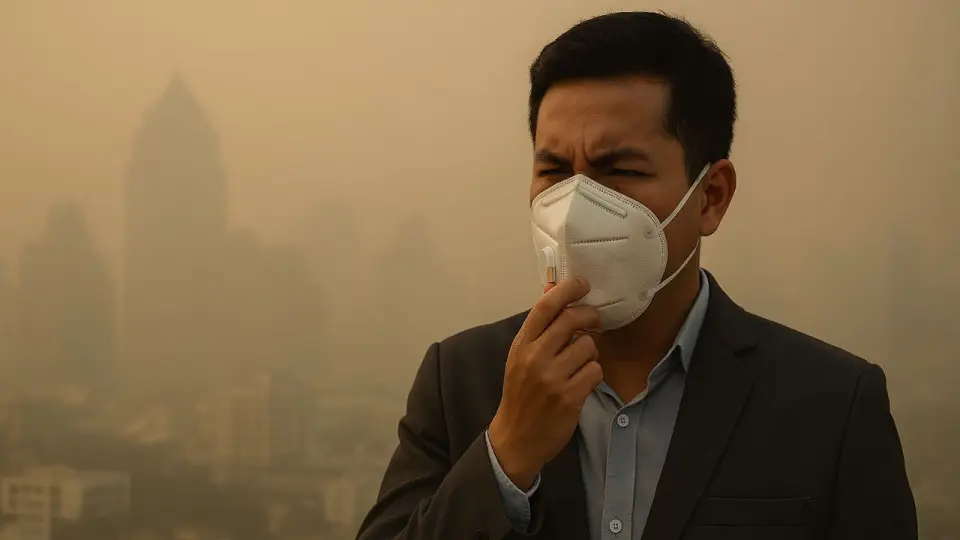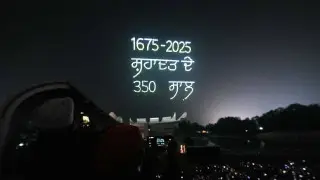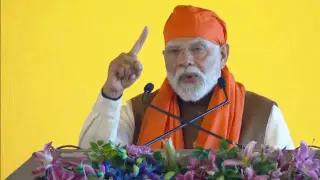
d (AI)
New Delhi: India is facing an alarming air pollution emergency, where 447 out of 749 districts have PM2.5 levels above the national safe limit. CREA’s latest study indicates that pollution is no longer just a winter or urban concern—it is now a year-round threat. Delhi has emerged as the worst affected region with an annual average PM2.5 concentration of 101 micrograms per cubic meter, far exceeding both Indian and WHO benchmarks. This toxic air is silently harming lungs, heart and immunity even in rural areas. Experts warn that no Indian is truly safe from this crisis anymore.
Despite multiple measures, Delhi remains the most polluted state or union territory. Its pollution level stands at two-and-a-half times higher than the national standard and twenty times more than the WHO limit. Factors like stubble burning, rising vehicle population, uncontrolled construction dust and industrial emissions contribute to this grim situation. Shockingly, Chandigarh ranks second, indicating that pollution is spreading beyond metropolitan areas to even planned cities. Immediate policy shifts are required to avoid irreversible health damage.
The crisis goes beyond Delhi. Haryana, Tripura, Assam, Bihar, West Bengal, Punjab, Meghalaya and Nagaland also exceeded the national safety line. Among the 50 worst affected districts, 11 are in Delhi and 11 in Assam, followed by Haryana and Bihar with seven each. Even traditionally cleaner regions like the Northeast are now showing worrying trends. The study confirms pollution has spread geographically, affecting both urban hubs and remote locations alike.
Winter shows the most dangerous levels of pollution, with 82% districts exceeding the norm. However, the study reveals summer and post-monsoon months are not safe either—over 50% districts fail even in those periods. This proves pollution is deeply rooted and not limited to weather change or crop burning alone. Citizens are breathing hazardous air through most of the year, putting children, elderly and patients at high risk.
Analysts argue current strategies are city-centric and seasonal. The report insists that pollution must be addressed as a full-year rural-urban problem using district-wise planning. CREA specialist Manoj Kumar warns that unless policies move beyond emergency winter actions, the impact will worsen. He suggests prevention over reaction and demands health-based air quality governance linked to public safety rather than advisory alerts.
States like Bihar, West Bengal, Gujarat, Rajasthan and Jharkhand are severely impacted. In Bihar, 37 out of 38 districts exceeded PM2.5 limits, followed by Gujarat with 32 out of 33. This reflects that industrial expansion without environmental regulation is pushing entire regions into crisis. With pollution reaching both villages and cities, health infrastructure may collapse if preventive actions are delayed further.
Experts stress that India needs regional-level policies, long-term clean energy transition and strict emission control. Pollution affects breathing, heart health and even mental growth of children. Delaying action might turn today’s alarming numbers into tomorrow’s public health disaster. Strong enforcement, awareness and scientific monitoring are the only way to secure future generations from living with damaged lungs.













Copyright © 2025 Top Indian News
